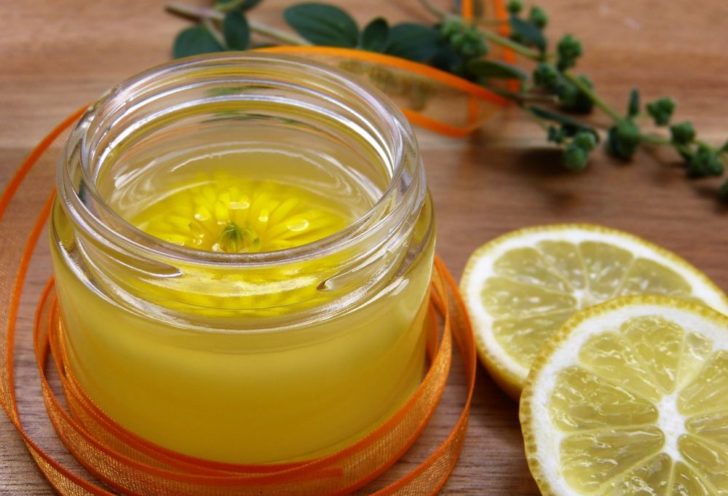Lös puder: En allomfattande guide för matentusiaster

Introduction:
– Blending flavors and textures is an art in the culinary world. The use of powdered ingredients adds depth and complexity to dishes, enhancing their overall taste. One such popular ingredient in the culinary realm is ”lös puder,” or loose powder.
– In this comprehensive article, we will explore the world of loose powder, taking a closer look at what it is, the various types available, popular choices among chefs, and how these powders differ from one another. We’ll also delve into the historical significance and advantages and disadvantages of different loose powders.
An Overview of Loose Powder

– Loose powder refers to a finely milled substance that is used to enhance the texture, flavor, and appearance of dishes. It is typically made by grinding or pulverizing ingredients such as spices, herbs, or even dried fruits into a fine powder.
– Chefs and home cooks often use loose powder to add flavor and seasoning to their creations, allowing them to infuse dishes with a concentrated burst of taste.
– Loose powders are known for their versatility, as they can be used in various culinary applications, ranging from savory dishes to desserts and beverages.
Types of Loose Powder
– There are several types of loose powder available in the market, each catering to different culinary needs and preferences.
1. Spice Powders: These powders are made by grinding whole spices such as cinnamon, cloves, or cardamom pods. They add aromatic and warming flavors to dishes, making them suitable for both sweet and savory preparations.
2. Herb Powders: Made from dried herbs like basil, thyme, or rosemary, herb powders contribute earthy and fresh notes to recipes. They are often used to season meats, stews, or salad dressings.
3. Vegetable Powders: These powders are obtained by dehydrating and grinding vegetables like onion, garlic, or mushrooms. They provide a concentrated flavor profile and are convenient substitutes for fresh ingredients in sauces, soups, or marinades.
4. Fruit Powders: Dried fruits like citrus, berries, or mango can be transformed into powders, lending a burst of tanginess or sweetness to dishes. They are frequently utilized in desserts, cocktails, or as finishing touches on savory plates.
Quantitative Measurements of Loose Powder
– When using loose powder in recipes, it is crucial to consider the right measurements. While exact quantities may vary depending on personal taste preferences, certain guidelines can help achieve a harmonious blend of flavors.
– Generally, it is recommended to use approximately 1-2 teaspoons of loose powder per serving. However, the potency of each powder may differ, so adjusting the amount according to taste is essential.
– Experimentation and tasting along the way are key to achieving the desired balance of flavors and textures, ensuring that the loose powder enhances the dish without overpowering it.
Distinguishing Different Loose Powders
– Each type of loose powder possesses unique characteristics that distinguish it from others in terms of flavor, texture, and culinary applications.
– Spice powders, such as cinnamon or nutmeg, offer warm and aromatic flavor profiles, perfect for adding depth to baked goods or spiced beverages.
– Herb powders, like parsley or thyme, bring a vibrant freshness to dishes and can be used as seasoning or garnish to elevate the presentation.
– Vegetable powders, like garlic or onion, provide an umami kick and are widely used as flavor enhancers in savory recipes or as convenient replacements for fresh produce.
– Fruit powders, such as raspberry or lemon, infuse dishes with a burst of natural sweetness or tanginess, enlivening desserts, cocktails, or even savory creations.
A Historical Perspective on the Pros and Cons of Loose Powder
– Loose powders have been used for centuries in culinary traditions worldwide, evolving to meet the needs and preferences of different cultures.
– One advantage of loose powder is its long shelf life, making it a practical staple for various cuisines. It allows chefs to preserve the delicate flavors of fresh ingredients even when they are out of season.
– However, using loose powder also has its limitations. While it provides convenience, it may lack the same intensity of freshly ground or chopped ingredients. Additionally, the quality of loose powder can vary depending on the source and processing methods used.
Conclusion:
– Loose powder is an indispensable ingredient in the repertoire of any chef or cooking enthusiast. Its versatility, distinct flavors, and ability to enhance various dishes make it an invaluable addition to the culinary world.
– As you embark on your culinary journey, consider incorporating different types of loose powders to elevate your recipes and experiment with flavors. Remember to adjust measurements according to personal taste preferences and enjoy the immense burst of taste that loose powder brings to your dishes.





















